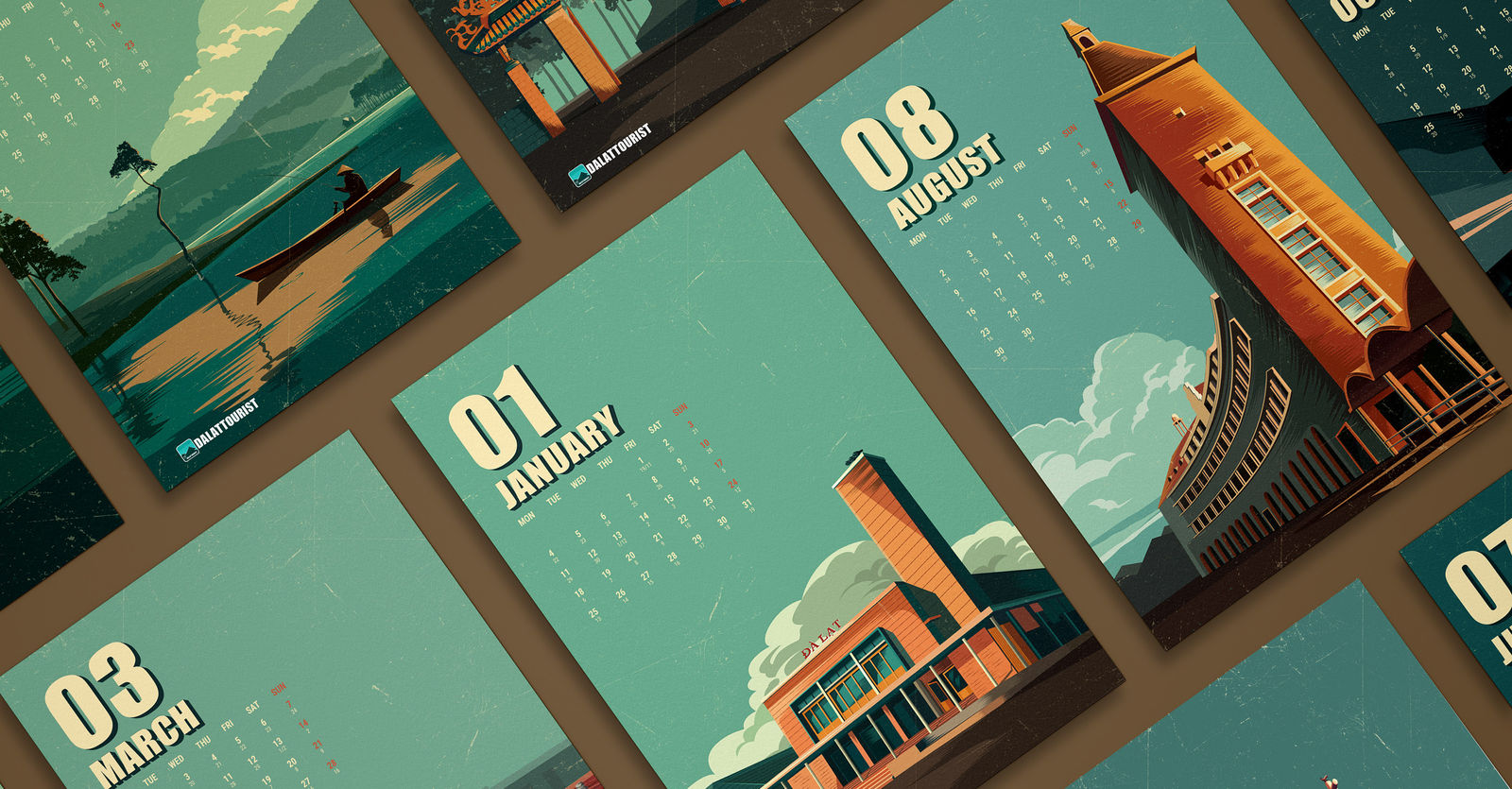There is an exquisite but hard-to-name feeling that engulfs me every time I finish watching a particularly outstanding movie. It’s a lingering mixture of awe, fulfillment, wistfulness, anguish, contemplation, and everything in between. But most pronounced of all, it’s a sadness over the realization that a piece of art has concluded, and I can never experience it for the first time again.
As I sit at my desk at 2am on a Saturday night watching the end credits of Hoa slowly fade in and out, that amorphous sentiment once again resurfaces. Hoa is not a long game; I managed to get to the end with the total playtime of under five hours over a few sittings — even after I struggled with some of its puzzles and stubborn obstacles — but it’s undeniably an engaging experience that will remain etched in my mind for a while.
Hoa is the love labor of a small Vietnamese studio called Skrollcat and started as a part-time project while its creators were all working or studying full-time. At the start, Game Director Cao Sơn Tùng didn’t come in with a concrete idea but a fondness for old side-scrolling games. "When I started the project, my only thought [was] to try and make a side-scroller that looks stunning," he writes in an essay for 80lv. "I’ve always been a fan of side-scrolling games with beautiful visual[s] like Trine, Limbo, Rayman…and I wanted to make one like those."

Hoa is available in Vietnamese too!
The result was a lush adventure game chronicling the journey of the titular protagonist, a petite fairy from a forest-dwelling tribe after she wakes up on a leaf boat and has to find her way home. Right from the get-go, players are treated to an intricately illustrated background and therapeutic music score, both inspired by the works of Studio Ghibli. The game’s creators are not shy about their adoration for the Japanese animation collective, and it’s evident that they have taken the time and effort to emulate that Ghibli-esque attention to detail and hand-painted vividness to great success.
Do no harm, kill nothing
A plethora of platform games of decades past have become classics that define eras, including names like Mario, Rayman, Sonic, Mega Man, Metroid etc. Hoa harks back to the olden days when a successful jump could inspire utter glee and speed run records dictated classroom hierarchies. Nonetheless, the game sets itself apart from vintage greats with a steadfast belief in non-violence and healing. Unlike its predecessors, there aren’t any tangible villains to be fought in Hoa. There isn’t an HP bar, extra-life mushrooms, offensive spells to learn, or timed rush. Each main stage culminates with meeting a “boss,” but they aren’t the malevolent kind and will bestow a new “power” after task completion.

A story of estrangement and return.
The lack of enmity is a deliberate design decision embraced by its makers. “The overall idea is that we don’t want anyone dying,” Tùng told the LA Times. “We want the game to be not very challenging for people to play, but at the same time we don’t want it to be boring.”
The benevolent tone of the game, he shares, had a lot to do with the vision and influence of his co-creator, Art Director Lê Sơn Trà. “At that time, we were at university, and there were a lot of snails crawling on the pathway. A lot of people would not pay attention or step on them. Trà saw the snails on the pathway and picked them up one by one and put them in the grass,” he recalled.

On her journey, Hoa will befriend many creatures who will assist her to find the way home.
When concepts like enemies and hostile bosses are taken out of the equation, Hoa shifts its focus to the cornerstone of the genre to create challenges: the platforms themselves. In the luxuriant landscape of Hoa, these come in the form of giant daisies, ivy leaves, swinging bluebells, skittish ladybugs, nonchalant fish, and even a spectacularly gargantuan spider web. Conquering these seemingly simple hurdles is not a cakewalk, often requiring precise timing and sometimes a combination of double jumps, swings and hovering. I’ve developed a distaste for bluebells and ladybugs after being stuck for hours at these daunting puzzles.
Man vs. nature
The game’s Ghibli connection doesn’t stop at its vibrant visual style and musical score, but also in its overarching theme. The conflict between machinery and the environment is evident across the levels and gets progressively more conspicuous as the story unfolds. Hoa means “flower” in Vietnamese. The name holds a personal connection to Tùng and his hometown Hanoi. To us players, it’s an implicit demonstration of allegiance, affirming where the game stands.

How do you know that a Vietnamese team made this game? Lotus.
Humans are never present in the game, though their impact is felt indirectly through the existence of crude, but admittedly quite adorable, spring robots. From the beginning to the end, Hoa doesn’t overtly express any form of social commentary though its feelings toward man-made entities are clear in the way the game portrays nature and human artifacts. Much of the game is spent in the forest, among treetops or even deep in lotus ponds, while one level takes place in an old mine. If the forest, both at night and during the day, and the underwater world are filled with life, the mine is depicted with a dreary brown palette. It’s rusty, murky, claustrophobic and filled with derelict debris.
A soothing oasis in the age of anxiety

There's beauty in every corner of the game to marvel at.
When reality gets demoralizing, we feel compelled to seek escape. For some, it’s a few hours spent pulling weeds and trimming branches in the garden, an unplugged afternoon with a book, or a nap to the tunes of lo-fi. In the gaming world, these stressful two years have precipitated the success of a new phenomenon that I call comfortcore games. A calming environment, gorgeous art and score, and non-competitive gameplay are the hallmarks of these virtual relaxants. Animal Crossing, Stardew Valley, Adorable Home, Cozy Grove, and now Hoa have shone like a beacon in the raging storm, anchoring us in place amidst turbulent times.
The creators of Hoa know how to leave a stellar first impression. The story begins as players, as Hoa the fairy, arrive at a meadow on a leaf boat. I am immediately charmed by the picturesque background, drenched in incandescent sunlight thanks to smartly applied post-processing effects. The intro music starts with a few delicate piano notes, picks up alongside every footstep, and sometimes roars with majesty when the strings and flutes kick in.

The forest is filled with life.
The environment shows mindful meticulousness in the way each layer is hand-painted. The forest hums with spirits; flowers sway as you walk by; here and there, animated dragonflies zip past the screen right in front of your eyes. More than once, I’ve just kept the game on the screen while I clean my room or read, as the ambient sounds and soothing soundtrack are pleasant enough to enjoy on their own.
Nonetheless, Hoa still has some minor flaws and room for improvement, though they don’t keep me from enjoying its superb visuals. The Vietnamese script might need some polishing, as characters have both English and Vietnamese names and sentences are at times quite clunky. Enabling custom key bindings and save states could be quality-of-life changes that reduce frustration while playing — I’m looking at you, bluebells and ladybugs. After all, this is the kind of game you play to wind down, not wind up.

A luminous scene in the underground level.
I decided to sit through the end-game credits of Hoa because I just wanted to extend the experience for at least a little while more, and was delighted to see that there are dozens of Vietnamese names across major production departments, instead of just as third-party contractors in background illustration or animation. And for once, we’re not the setting for a gruesome DLC of a war-themed first-person shooting game. As one of the few full-fledged Vietnamese-made games in contemporary history, Hoa has a clear vision and well-executed art direction. It’s not grand or life-changing but offers just enough to deliver a joyful experience — just like a tiny flower.
Hoa is available on PC, MacOS, Nintendo Switch, PlayStation, Xbox One and Xbox Series X/S. Visit the game's Steam page for more details.















